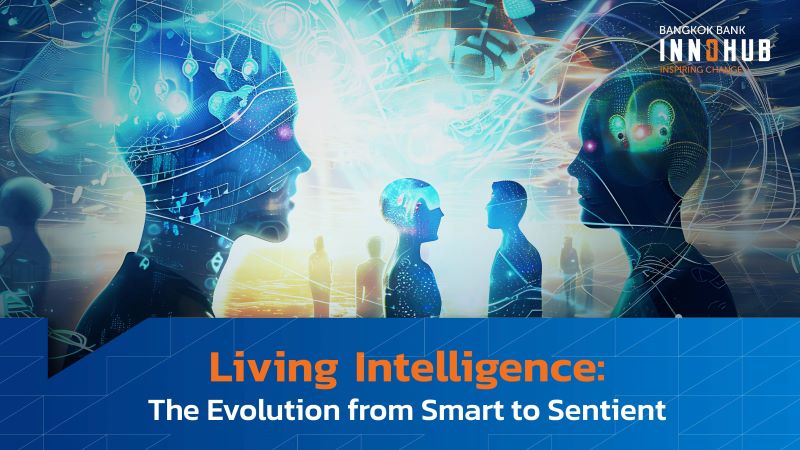How Big Data will make your next loan easier
The standard way of applying for loans was a real inconvenience even a generation ago, and few will be sorry to see it disappear. There was little to love about the process of making an appointment, preparing every conceivable document, sitting patiently through detailed questions about your background, finances and intentions – and then waiting weeks to hear the results, after which you might have to do it all over again.
Still, financial institutions had to vet their borrowers, and it was hard to imagine what a simpler alternative might look like. That is, until a few years ago.
When it rains, it pours
The financial services industry needed a more efficient and inclusive way to get information – and then the Information Age arrived. From mobile GPS systems to search engines, social media apps, online purchasing patterns and more, today’s world is swimming in data. The upshot for banks is that they can radically overhaul their systems, achieve much greater efficiency, and massively improve the customer experience.
A paper written for the European Commission said that recent advances in information science, notably the integration of Big Data and AI algorithms in daily lives could lead to the “ accurate ‘predictability’ of future behavior of any user, and thus, of future risk.”
While such accuracy has not yet been achieved, banks and other institutions are making great strides toward reducing their own risk while increasing their customers’ benefit. The same paper featured a list of advantages for the industry and its customers:
- Major cost savings across the entire value chain, through efficient online transactions
- Enhanced reliability and speed, using AI rather than manual processes
- Faster innovation cycles, with analytics providing insight into customer preferences
- Personalized financial advice and guidance for customers, based on data analysis
- Tailored services, based on interests and spending patterns of individual customers
- Fraud prevention, made easier by profiling customers from their typical behavior
A more enlightened and holistic relationship
In a competitive environment, improved efficiency on the supply side translates to better customer experiences on the demand side.
Rather than reducing people to their credit score and a few other variables, banks can now do a much better job at taking in the totality of customers’ key personal and financial attributes – while also providing value-added services centered on this data.
By modernizing their approach, today’s banks can also provide services to lower-income communities which may have lacked access to credit in the past. Alternative information can stand in for other measurements such as credit scores, allowing for expanded financial inclusion in society.
This increased insight into customers brings other advantages as well. Better data forecasting, including the kind of comprehensive analysis that comes with the integration of alternative data, allows lenders to more accurately predict returns on investment. This improved performance in turn means that lenders will require less of a buffer to achieve profitability. As risk becomes lower, borrowing rates can be reduced.
Big Data can also streamline the loan application process, removing the need for human interaction. Moreover, increased automation can greatly enhance service speed, so loan applications can be approved far more quickly.
With all these benefits from Big Data, people are beginning to see loan applications as just a simple step in their financial management journey. Indeed, later generations will perhaps remain blissfully unaware that the act of borrowing used to be so much more complex.




